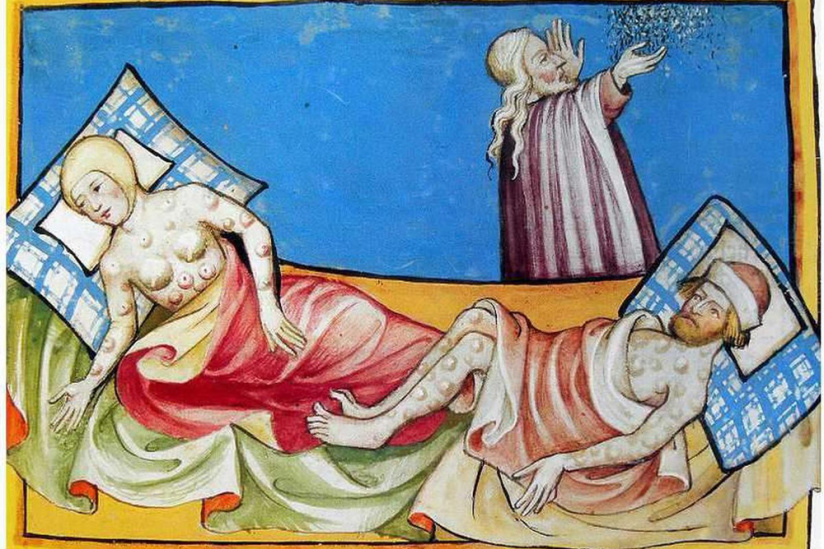The Black Death: A Turning Point in History

Introduction
The Black Death, also known as the Bubonic Plague, swept through Europe in the 14th century, leading to an estimated 25 million deaths—around a third of the continent’s population. Its significance goes beyond mere numbers; it transformed European society in lasting ways. Understanding the Black Death’s impact is crucial for grasping how it reshaped social structures, influenced economic systems, and led to advancements in public health.
The Outbreak
Emerging in Asia, the Black Death reached Europe in 1347 via trade routes. The disease spread rapidly, spreading through fleas and rats, as well as person-to-person contact. Major cities such as Florence, Paris, and London faced unprecedented death tolls, leading to a climate of fear and chaos. Victims of the plague displayed symptoms like fevers, vomiting, and painful swellings, often dying within days.
Societal Changes
The catastrophic loss of life profoundly affected social hierarchies. With fewer workers in the labour force, surviving peasants found their importance increased, leading to better wage demands and conditions. This shift contributed to the gradual end of feudalism, as serfs sought more freedom and autonomy. Additionally, the loss of clergy members prompted a decline in the Church’s influence, as people began questioning religious doctrines amidst widespread suffering.
Economic Consequences
The economic landscape of Europe also transformed as a result of the Black Death. Labour shortages meant that wages rose, contributing to the gradual improvement in the standard of living for many surviving workers. Crop yields improved due to reduced labour demands, and the price of land fell considerably, allowing more people to enter land ownership. This economic shift played a critical role in laying the groundwork for the Renaissance.
Public Health Advances
The devastation wrought by the plague prompted significant advancements in public health practices. Governments began to enforce quarantines and isolation procedures to prevent further outbreaks. The establishment of hospitals and efforts to improve sanitation reflected a growing awareness of health issues. These early measures eventually contributed to the development of modern public health systems.
Conclusion
The Black Death was a pivotal moment in history, marking not only a tragedy of immense proportions but also an opportunity for transformation. It led to significant social and economic changes, which laid the foundation for the modern world. Understanding this dark period is essential for historians and the general public alike, as the consequences of the Black Death continue to resonate today in discussions about pandemics and public health responses.








